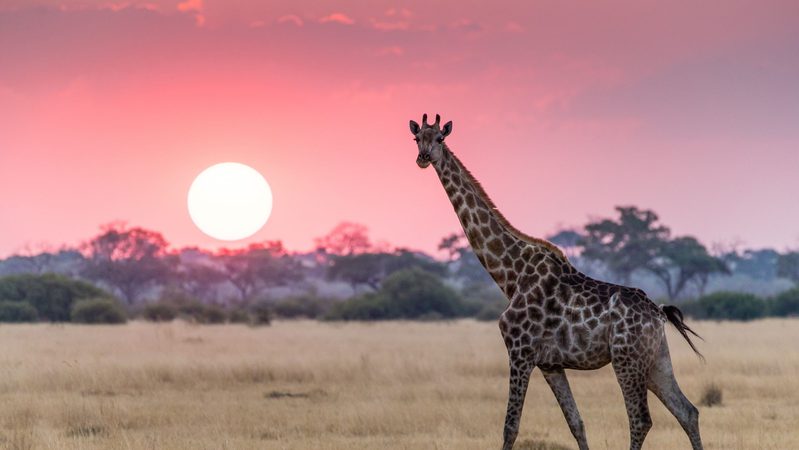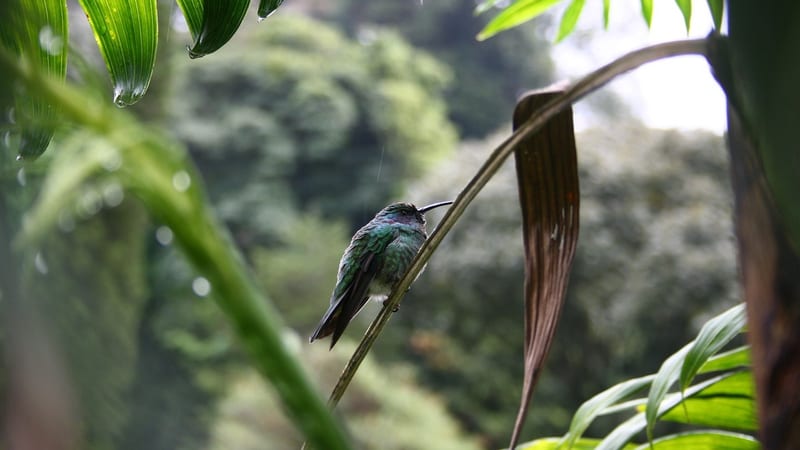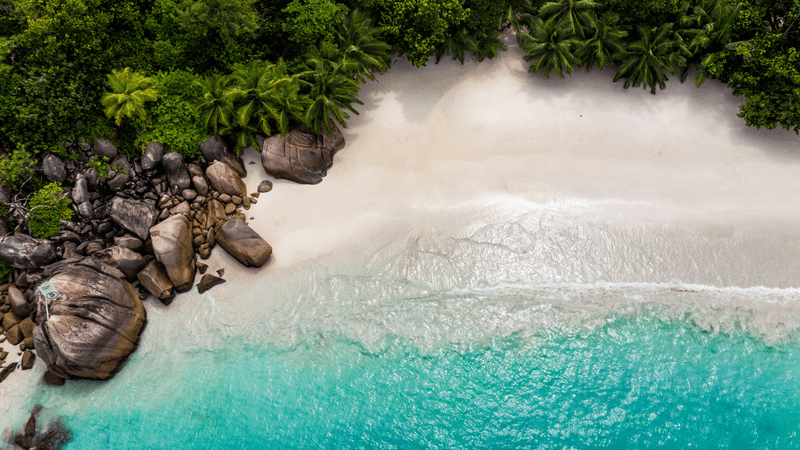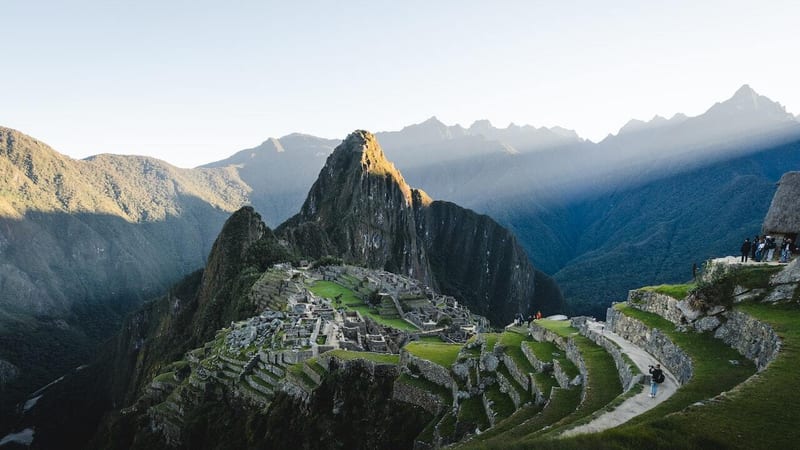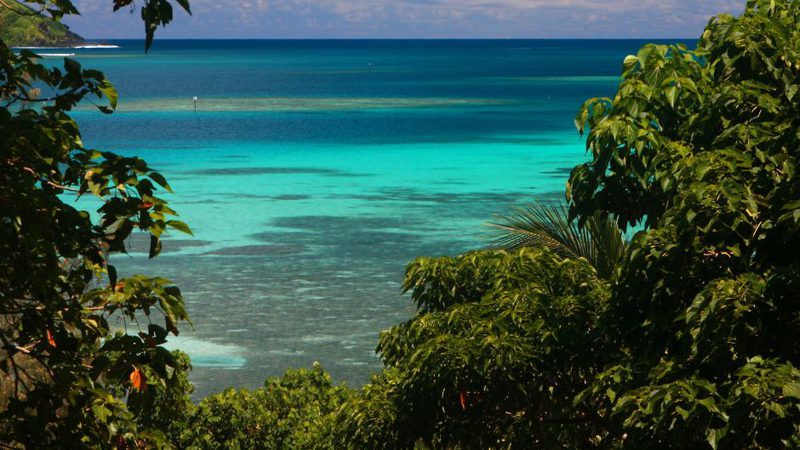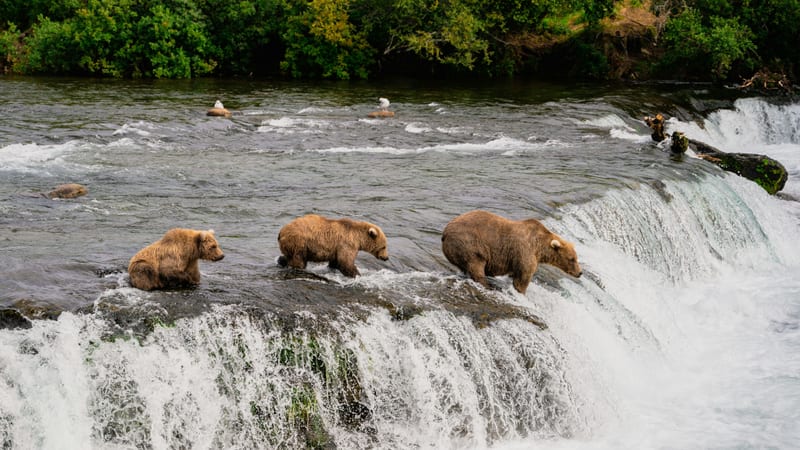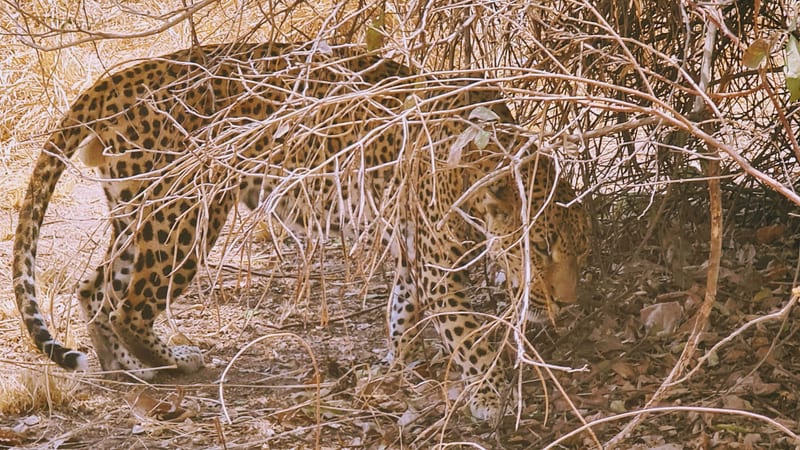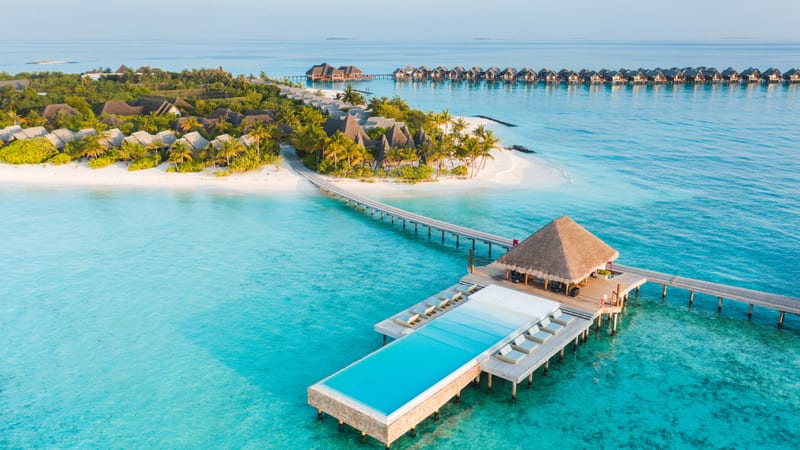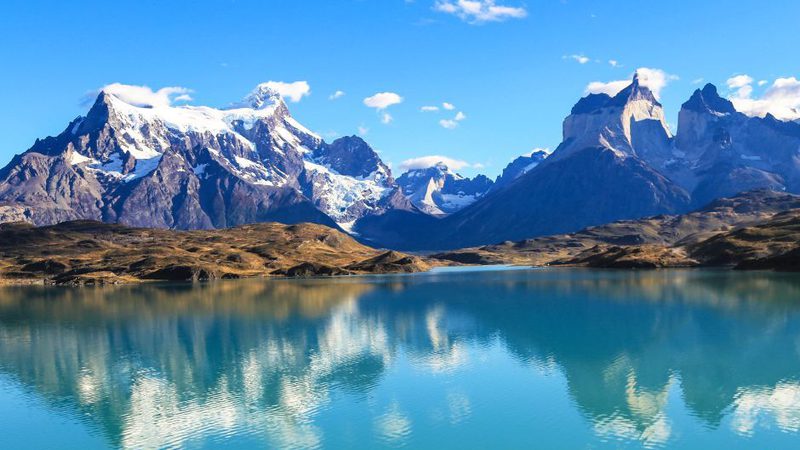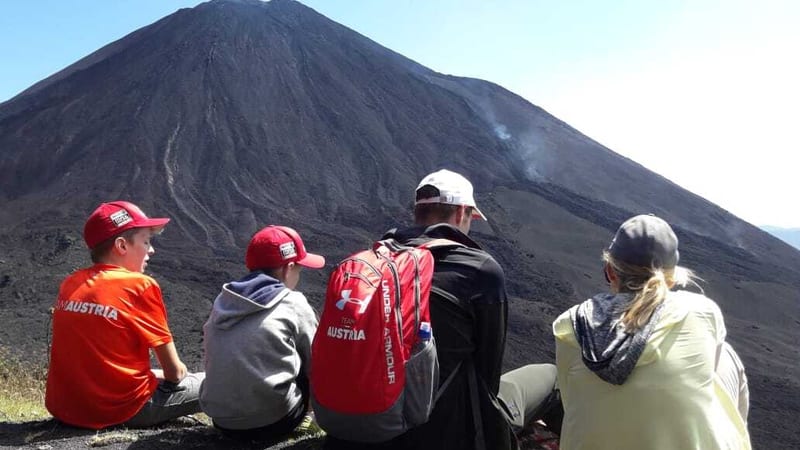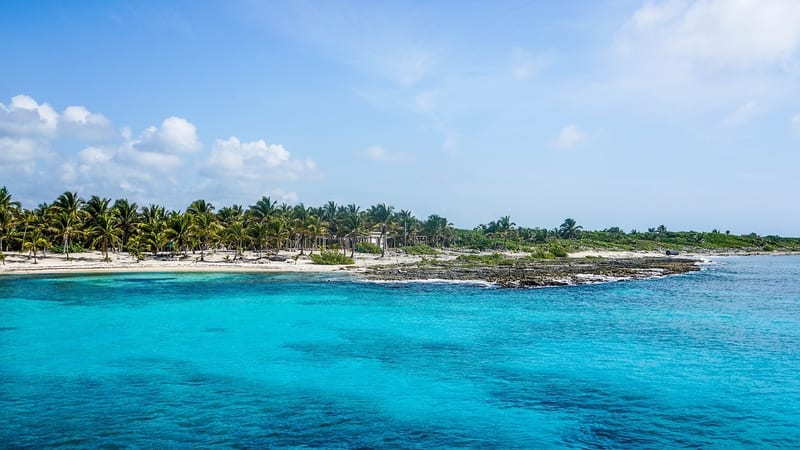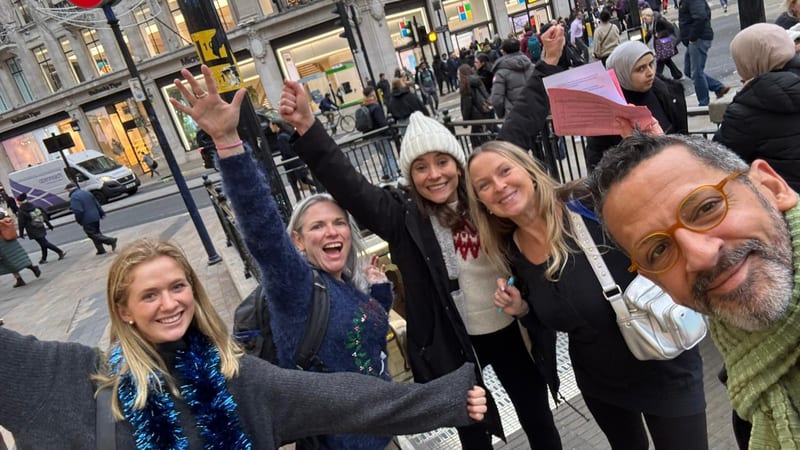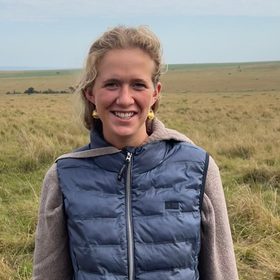Experience the Wild in Total Privacy
Location: Basecamp Mara Houses are located in a stunning and secluded area, the Mara North Conservancy, just outside the Masai Mara National Reserve, offering guests unparalleled access to one of the worlds most spectacular wildlife destinations in Kenya. Surrounded by vast savannahs and rich biodiversity, the houses are ideally situated for both game viewing and cultural encounters. The location strikes a perfect balance - far enough to offer peace and privacy, yet close enough to ensure easy access to daily safari adventures.
Rooms: Each of the Basecamp Mara Houses is thoughtfully designed to blend traditional Maasai aesthetics with modern comfort. The houses feature spacious bedrooms, private verandas overlooking the bush, and en-suite bathrooms with hot showers. Earthy tones, handcrafted furniture, and locally inspired decor create a warm and inviting atmosphere, making them ideal for couples, families, or small groups seeking a personalised safari experience.
Activities: Guests at Basecamp Mara Houses can enjoy a range of curated activities that bring them closer to the wildlife, people, and landscapes of the Mara. Shared day and night game drives offer a chance to witness a wide range of game (including lots of big cats). Guided walking safaris provide a more intimate encounter with the environment. Cultural visits to nearby Maasai villages, storytelling sessions by the campfire, and birdwatching outings further enrich the experience.
Amenities: Despite their remote setting, the Mara Houses come equipped with a variety of amenities to ensure comfort and convenience. These include solar-powered electricity, eco-friendly toiletries, a personal chef preparing fresh, locally sourced meals, and attentive housekeeping. A dedicated guide and safari vehicle are also included with each house, offering guests the freedom to tailor their daily schedule to their interests.
Sustainability: Sustainability is at the heart of everything that they do. Built using locally sourced materials and designed to minimise environmental impact, the houses operate on solar power and support low-waste principles. By staying here, guests directly contribute to conservation efforts and community empowerment, including initiatives focused on reforestation, education, and the support of the local Maasai women through helping them sell their artefacts through the .
Best places to stay in Masai Mara
Masai Mara Trip Inspiration
When to visit Kenya
Find out the best time to visit Kenya with our month by month guide.
- Best
- Good
- Mixed
- Jan
- Feb
- Mar
- Apr
- May
- Jun
- Jul
- Aug
- Sep
- Oct
- Nov
- Dec
January
January is a great time for wildlife viewing. The landscapes are lush and green after the 'short rains' and newborn animals can been seen. It is hot, but brief afternoon or evening showers cool things down, without compromising your safari. Over on the coast the sea is clear, making it ideal for diving and snorkelling, and the days are warm and bright.
February
February is an ideal time to visit Kenya, and great for game viewing. The landscapes are green and thriving thanks to the short rains, and newborn animals will be hopping around the plains. There maybe a few afternoon showers which are welcome in the heat, and don't impact on wildlife viewing. Water clarify is excellent at the moment, which is good news for watersports enthusiasts. And if you want to spot a whale shark, now is the time to try.
March
Still a good option for wildlife viewing and diving, although with the 'long rains' just around the corner, expect wetter and hotter weather.
April
April brings the start of the 'long rains' which means game reserves and national parks become muddy and harder to drive around. Over on the coast it's hot and wet, so it isn't the best time of year to travel. Some camps and lodges close during this period.
May
The 'long rains' continue into May, making park tracks difficult to navigate in the mud, and the coast very warm and wet. There will be less accommodation choice at this time as several lodges and camps during this period.
June
June is a beautiful time of year to visit Kenya, with the rains receding to just light showers, and the long dry season not far ahead. The high grasses can sometimes make it more of a challenge to spot game, but the landscapes are lush and some animals may begin arriving early for the migration. At altitude nights can be cool, but elsewhere the temperature is pleasant.
July
July marks the beginning of the great migration into the Masai Mara, and with warm and generally dry weather, this is a great time of year to visit. Days are sunny, skies are blue and there isn't too much dust around, so it's a great time for photography.
August
The migration is now in full swing in the Masai Mara, with lots of river crossing action, so if you want to see those massive herds of wildebeest and zebra, now is the time to come. Game viewing in general is excellent and it's one of the most popular times of year to visit, so some of the main parks do become crowded. Temperatures are warm and dry.
September
Game viewing continues to be excellent, and the weather is generally dry so this is another ideal month to visit Kenya's parks. The bush is less dense and as animals gather around waterholes and rivers it makes wildlife spotting much easier.
October
October is a great time if you want to avoid the crowds and don't mind the temperature slowly starting to rise. There may be a few short showers, but game viewing remains excellent with the end of the migration, and it's a good time to holiday anywhere in Kenya.
November
November heralds the start of the 'short rains' and with hotter temperatures some camps are closed. The Mara however is still open, and despite sometimes stormy skies, game viewing is still good. Fewer crowds and lower prices make this an attractive month to visit. Over on the coast water clarify is good for snorkelling and diving.
December
The 'short rains' are bringing the landscapes back to life, and as the plains start to become green again, wildlife viewing remains good, and it's a great time for birding. Some camps are closed (mainly in the north of Kenya) but many others remain open. The showers tend to fall in the afternoons and don't impact greatly on a safari. Take advantage of reduced visitor numbers and lower prices.
Speak to a Kenya expert today
and start planning your tailor-made vacation

Alistair

Ottilie


